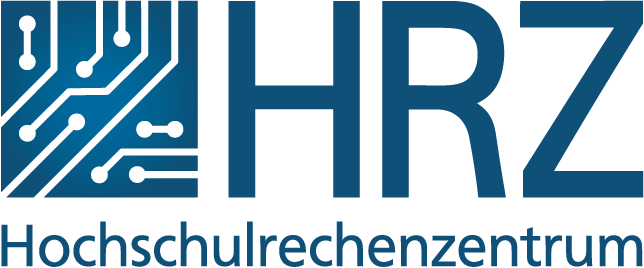The TU Darmstadt data network is operated jointly by the HRZ and the institutes. In order for your computers to access the Internet, all computers connected to the university network must be registered.
In this way, the information necessary for the operation of central network components (routers, name servers) is also collected. This information serves as a basis for planning and provides assistance in the event of a fault. In addition to the location, only information about the network hardware is requested.
Note
Registrations are made via cisOS. Instructions can be found on the TU Darmstadt information security website.

